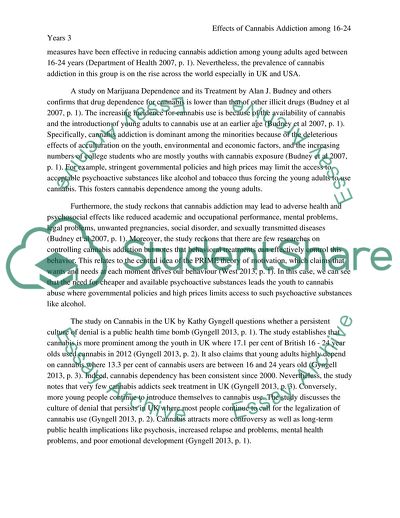Cite this document
(The Effects of Cannabis Addiction among 16-24 Years and Its Health Case Study, n.d.)
The Effects of Cannabis Addiction among 16-24 Years and Its Health Case Study. Retrieved from https://studentshare.org/medical-science/1805101-the-effects-of-cannabis-addiction-among-16-24-years-and-its-health-consequences
The Effects of Cannabis Addiction among 16-24 Years and Its Health Case Study. Retrieved from https://studentshare.org/medical-science/1805101-the-effects-of-cannabis-addiction-among-16-24-years-and-its-health-consequences
(The Effects of Cannabis Addiction Among 16-24 Years and Its Health Case Study)
The Effects of Cannabis Addiction Among 16-24 Years and Its Health Case Study. https://studentshare.org/medical-science/1805101-the-effects-of-cannabis-addiction-among-16-24-years-and-its-health-consequences.
The Effects of Cannabis Addiction Among 16-24 Years and Its Health Case Study. https://studentshare.org/medical-science/1805101-the-effects-of-cannabis-addiction-among-16-24-years-and-its-health-consequences.
“The Effects of Cannabis Addiction Among 16-24 Years and Its Health Case Study”. https://studentshare.org/medical-science/1805101-the-effects-of-cannabis-addiction-among-16-24-years-and-its-health-consequences.


